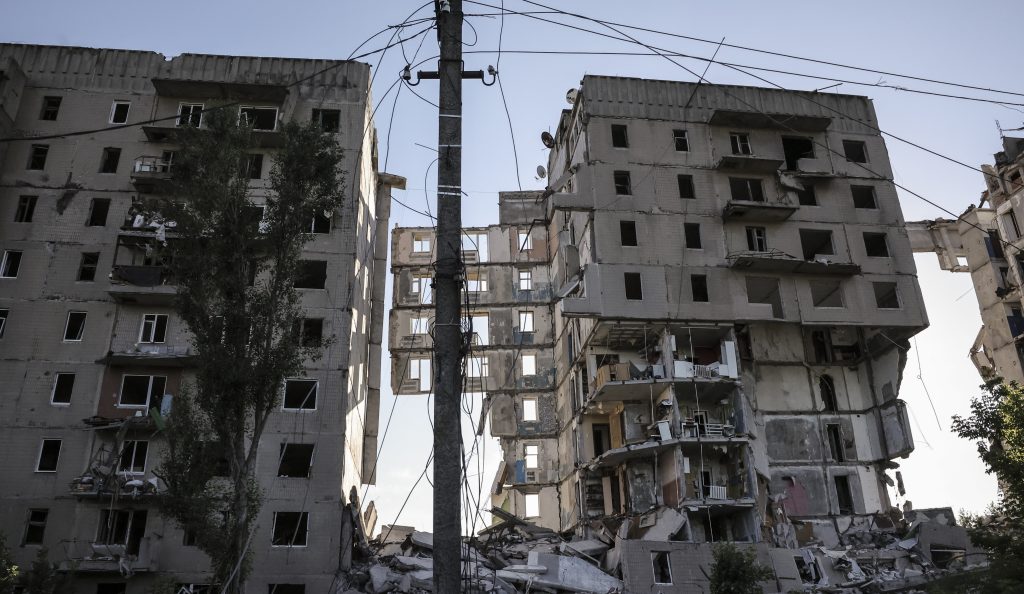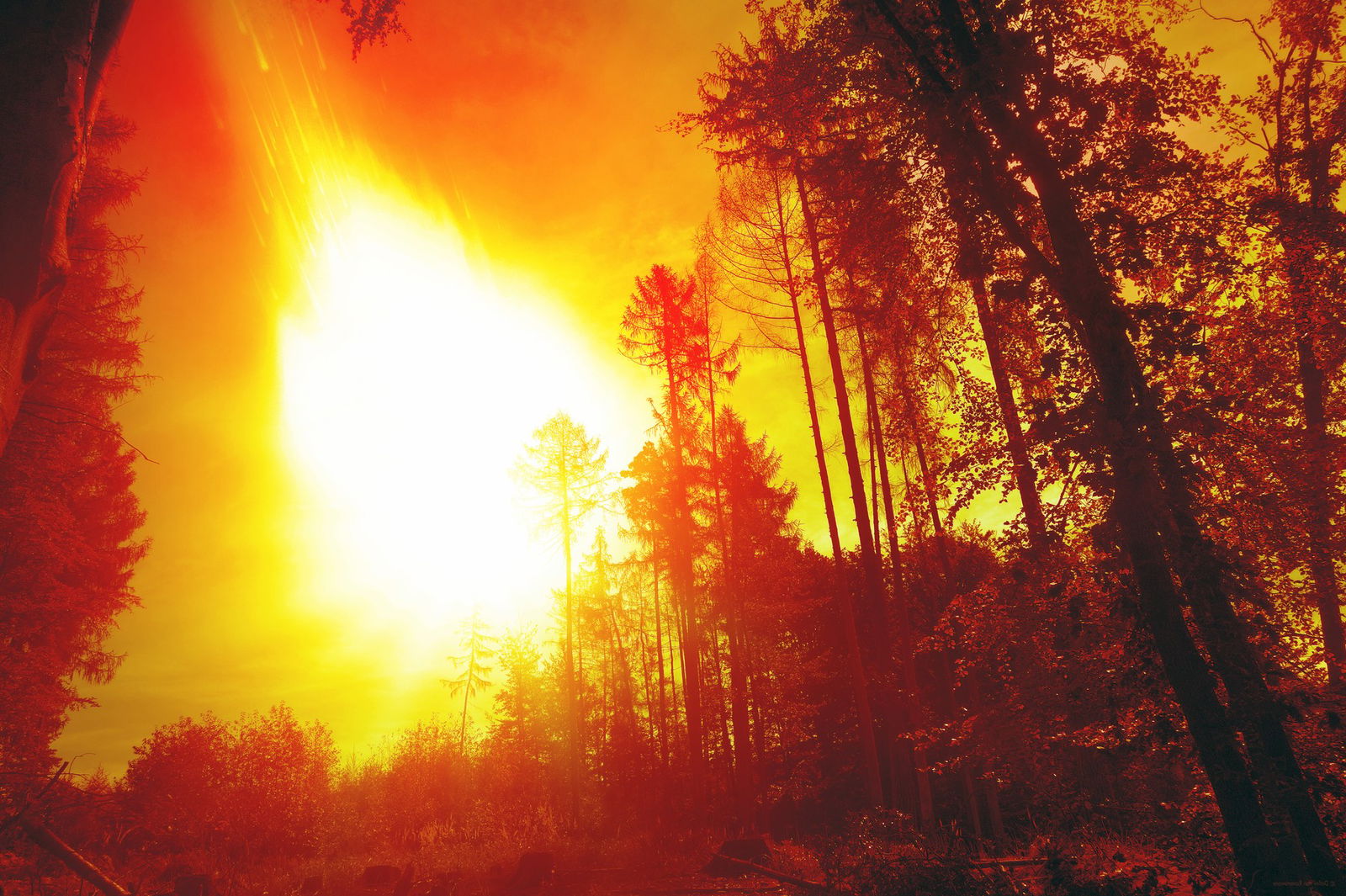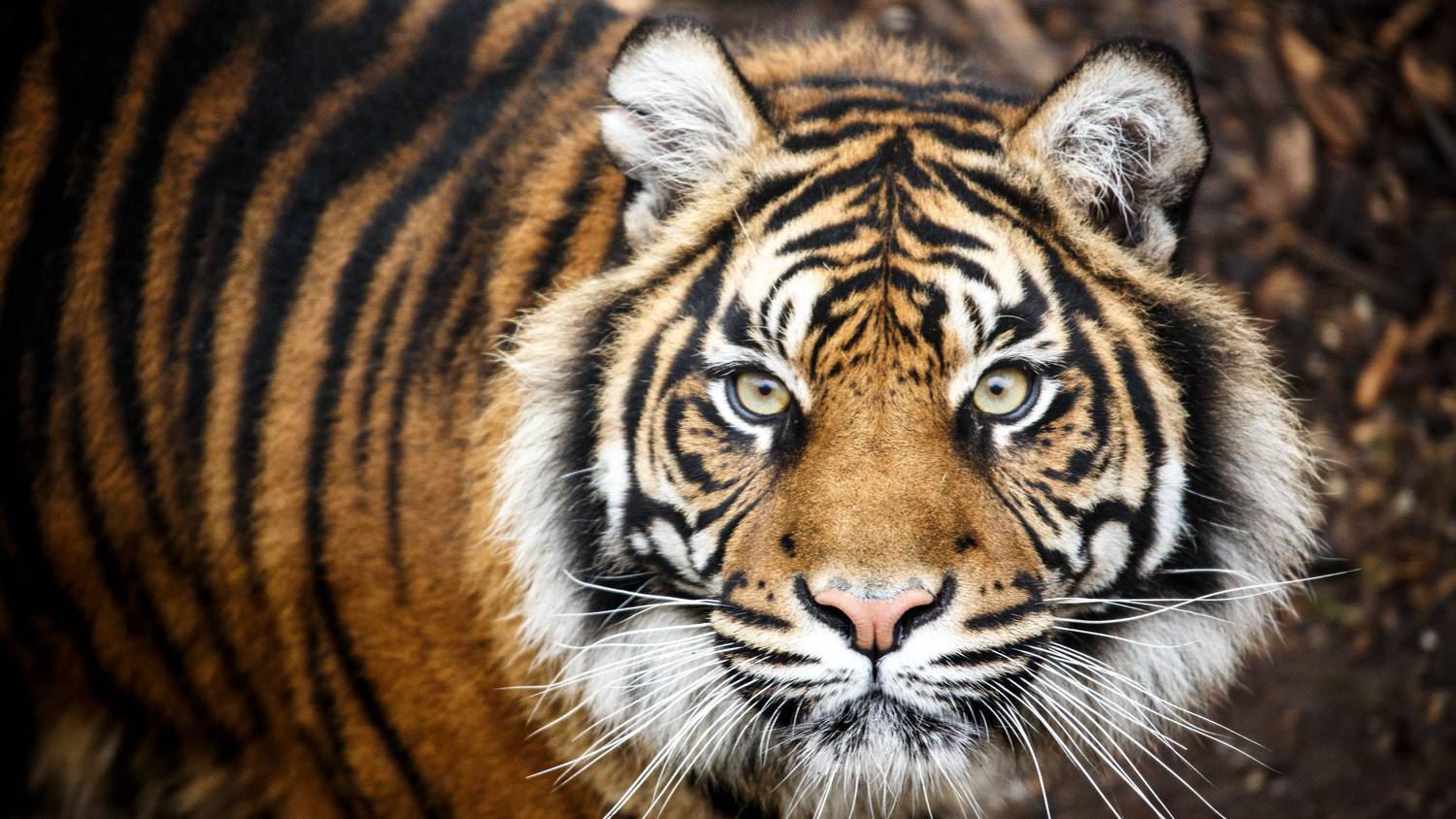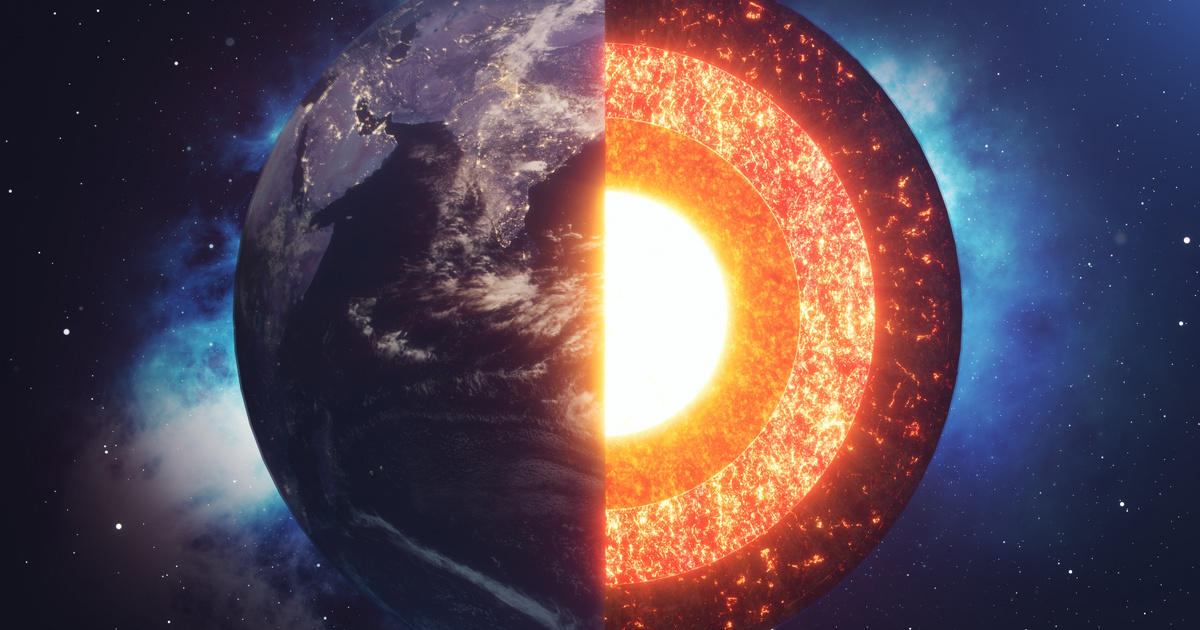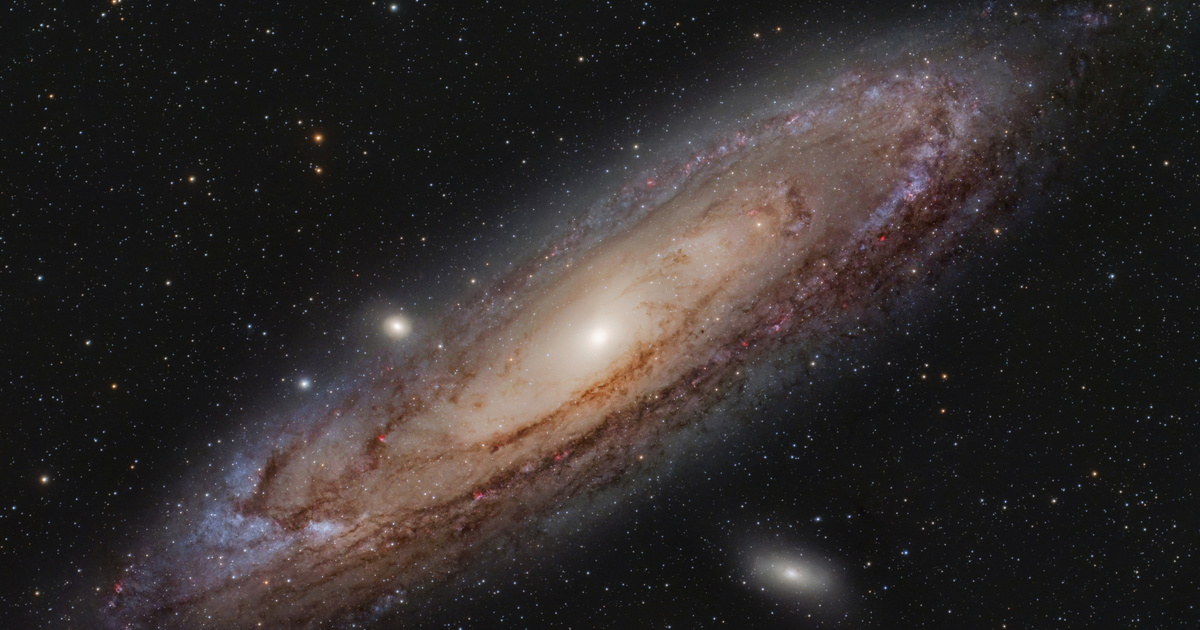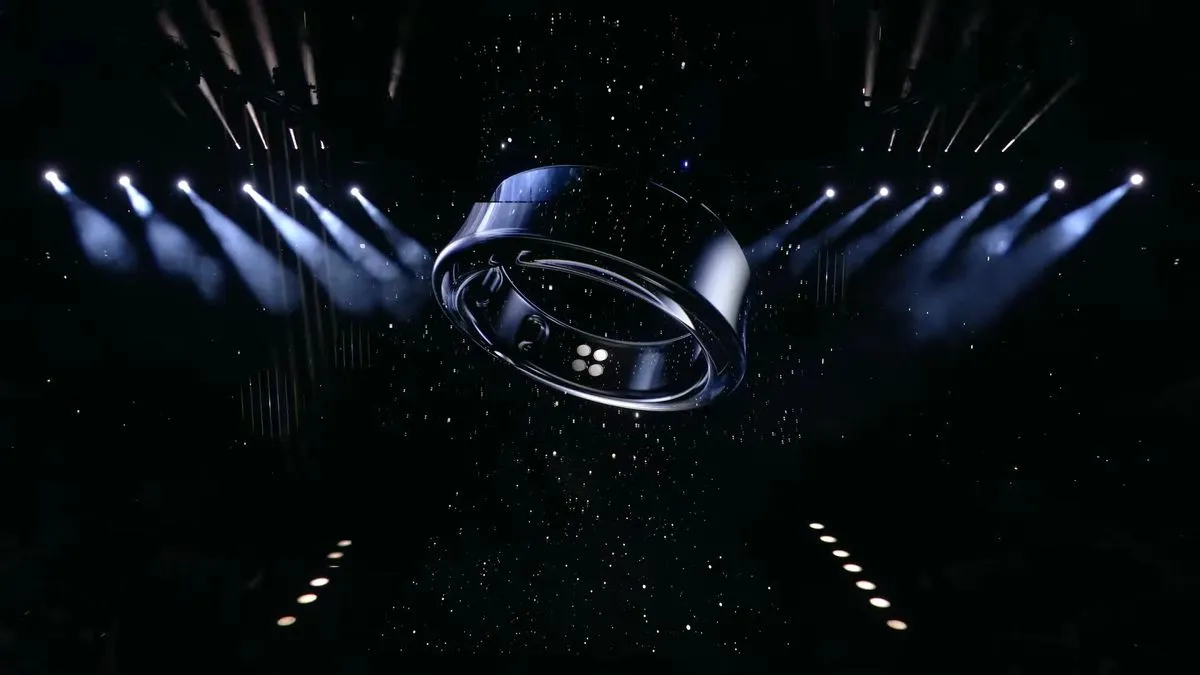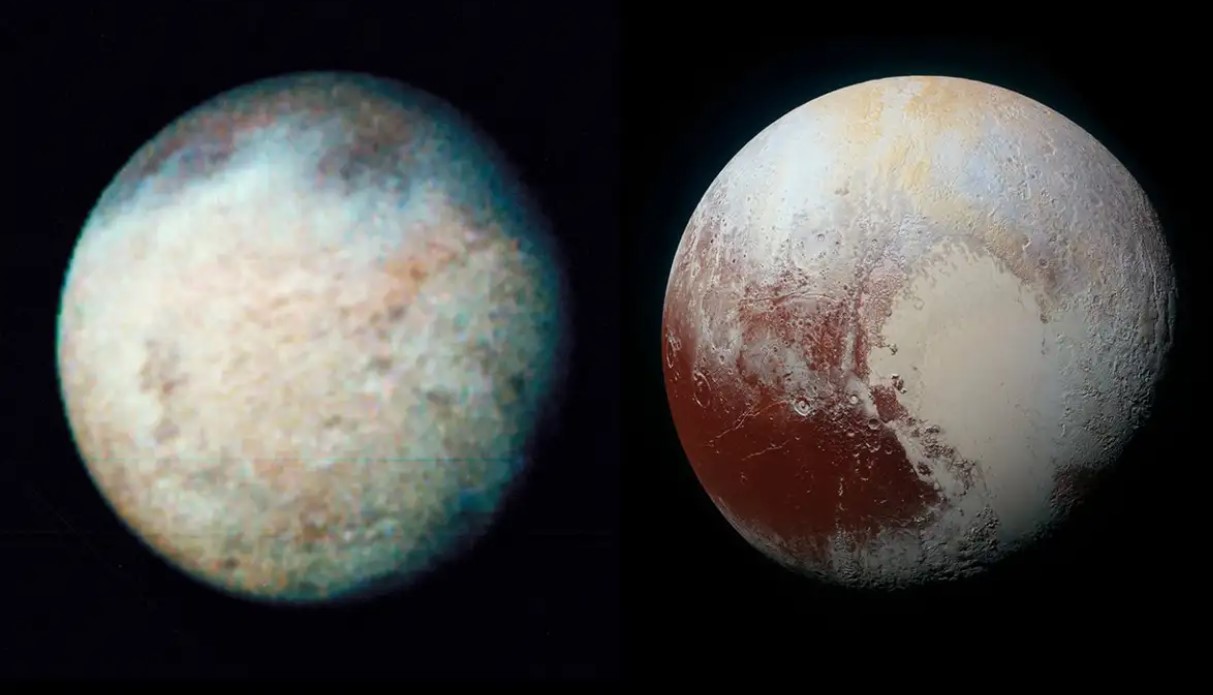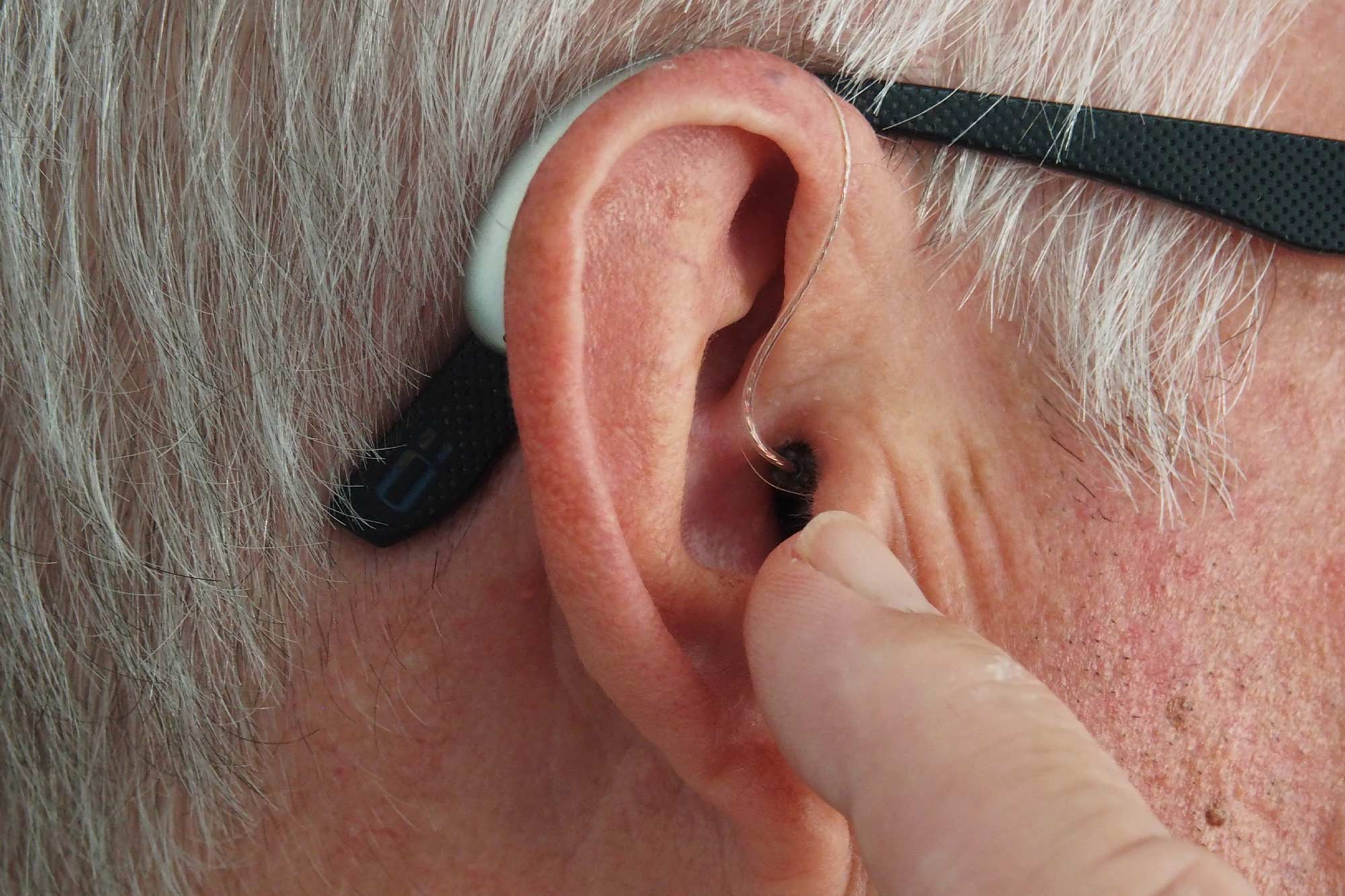Scientists increased the resolution of the image of the black hole M87, and we show the final result.
Black holes are one of the most interesting and most researched creatures in the universe, and their existence is well supported both at the theoretical level (general theory of relativity) and through astronomical observations (such as the Chandra Space Telescope). Although there are still a lot of question marks around them, what we know for sure is that they are objects from which nothing, not even light, can escape due to strong gravity.
The world's first image of a black hole was presented by scientists within the framework of the Event Horizon Telescope (EHT) collaboration in 2019. The landmark image depicted the black hole at the center of the giant galaxy Messier 87 in the constellation Virgo. The EHT team is now ready Sharpen it The image taken of the black hole in question, with the difference that this time they used a different dataset, which was recorded in 2018, using a telescope in Greenland – the image published in 2019 was taken based on the 2017 dataset.
The result was a clearer, brighter image, clearly showing the Doppler effect, which makes the black hole appear brighter from one side.

Although it's a big step forward from a scientific point of view, the black hole picture is still quite bleak for the average person, which is not surprising, given that the M87 galaxy is about 55 million light-years away from Earth.


